The Families First Coronavirus Response Act (the “Act”) was signed into law by President Trump last night, March 18, 2020. This emergency legislation includes a number of provisions that directly impact employers – particularly small business owners. The following is a summary of the key provisions of the Act that will impact employers.
Amendments to the FMLA
The legislation significantly amends and broadens the Family and Medical Leave Act (FMLA) on a temporary basis. The Act expands the circumstances that qualify for family and medical leave to address the current coronavirus (or COVID-19) health threat. Notably, the FMLA expansion applies to all employers with fewer than 500 employees, including private and nonprofit employers. This is significant because the prior version of the FMLA did not apply to employers with fewer than 50 employees. However, the Secretary of Labor has the authority to exempt small businesses with fewer than 50 employees from the requirements of the Act if the new requirements would jeopardize the viability of the business as a going concern. The Secretary of Labor also has the authority to exclude health care providers or emergency responders from these amendments.
The law amends the FMLA as follows:
- Employees employed for at least 30 days will be eligible for 12 weeks of job-protected leave to care for a son or daughter under 18 years of age due to closure of the child’s school or unavailability of a regular child care provider due to COVID-19. This significantly changes the prior general requirement that an employee work at least 1250 hours in the 12 months preceding the need for leave.
- The first 10 work days of FMLA leave for the above purposes may be unpaid, but thereafter employers must provide paid leave for these purposes, at a rate of no less than 2/3 of the employee’s regular rate of pay. The paid leave is not required to exceed $200 per day and $10,000 total.
- Employees may elect to substitute paid leave (such as accrued vacation or PTO) for the two weeks of unpaid FMLA leave, but employers may not require such substitution.
- The FMLA’s normal job protection rules will apply to leave taken for the above purposes, except for employers with fewer than 25 employees, where the employee’s position does not exist due to economic conditions or other changes caused by the public health emergency and the employer’s reasonable efforts to restore the employee to an equivalent position within a one year period are unsuccessful.
- Employees must give notice of leave for the above purposes only where it is foreseeable, and then only as is practicable.
All of these amendments to the FMLA take effect on April 2, 2020, and currently are set to expire on December 31, 2020. Obviously, this expiration date is subject to change based on the developing and unprecedented circumstances.
Emergency Paid Sick Leave
Another section of the Act requires employers to provide qualifying employees up to two weeks of paid sick time if they are unable to work or telework for a qualifying reason. Like the amendments to the FMLA, the paid sick leave provisions apply to employers with fewer than 500 employees. However, the paid sick leave protections apply to employees regardless of how long they have been employed. In addition, employers of health care providers or emergency responders can elect to exclude such employees from the paid sick leave provisions.
An employee qualifies for the paid sick leave if they must take leave for any of the following reasons:
- To comply with a COVID-19 quarantine order or to comply with advice from a health care provider to quarantine;
- To obtain a medical diagnosis or care if the employee is experiencing the symptoms of COVID-19;
- To care for any individual who is subject to a COVID-19 quarantine order or advised to quarantine by a health care provider; or
- To care for a child whose school is closed or whose regular care provider is unavailable due to COVID-19.
The amount of pay for the mandated sick leave is the employee’s full regular rate of pay, up to a cap of $511 per day and $5,110 in the aggregate when the leave is taken due to the employee’s own COVID-19 symptoms or quarantine and $200 per day and $2,000 in the aggregate to care for others. Employers may not require an employee to use other paid leave before the employee uses the paid leave authorized by this law.
Unemployment Benefits and Tax Credits
The law also provides additional funding for employee unemployment benefits and allows employers various tax credits to offset the cost of the mandatory paid sick leave.
The employment team at Wyche stands ready to assist you in analyzing and complying with this new law and assisting you with any other legal needs during these unprecedented and difficult times.






